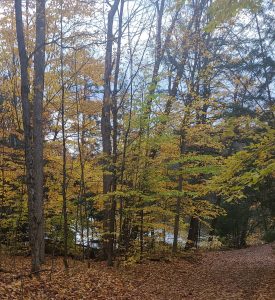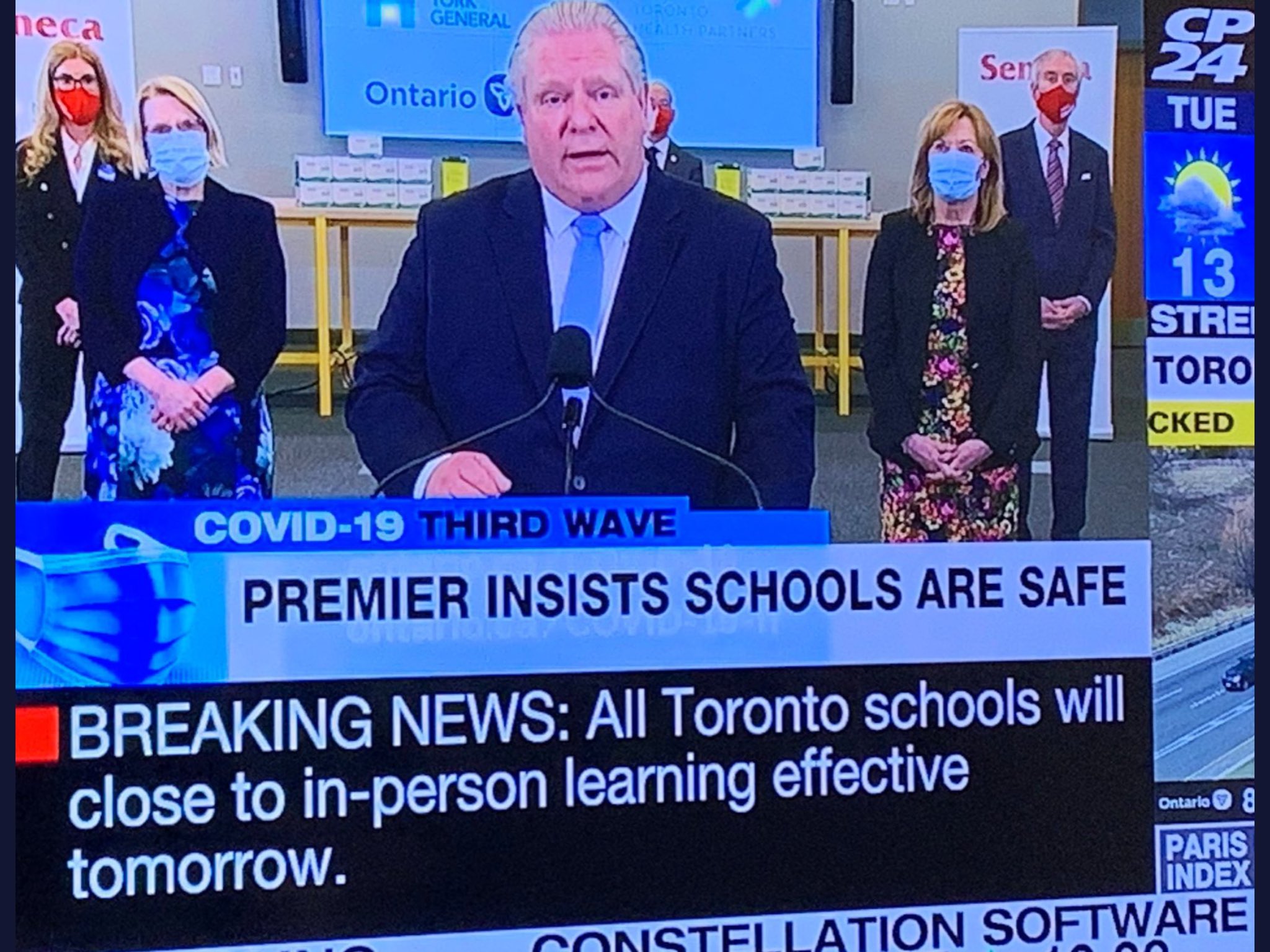I think about time a lot. Most of the hours and minutes in between 7 am and 5 pm are spoken for by this passion called teaching. So that leaves me with 14 hours for the many other parts of my life, give or take, depending on whether I am trying to avoid writing progress reports in lieu of writing blog posts.
Granted, those 14 hours are not all free time as they include commuting, housework, personal care (relaxing, catching up on the Bear, Slow Horses, and Reservation Dogs, exercising, avoiding exercising, etc.), eating, brewing coffee, and sleeping. Chores, meals, shows, and self care carve at least 3 to 4 hours out of my day.
When you adjust for seasonal events such as extra-curriculars, report writing, assessment, planning, and errands another couple of hours come off of that free time daily. Then there’s my need for at least 7 hours of sleep which has become an irreducible minimum amount of time to disconnect, clear my head, and recharge for the next day.
Educators are often willing to sacrifice their sleep hygiene to burn the work candle at both ends. We come by this work ethic honestly though. Think back to when you entered your faculty of education and how hard you worked to get there. Many in our calling are predisposed to getting things done regardless of the hour of the day. The problem is that it is unsustainable and begins to effect your cognitive abilities and physical well being.
My advice to you all is to try to set a sleep schedule and stick to it. Your body and mind will reward you with clarity and energy if you do. Prior to the pandemic I was lucky to get 6 hours of sleep per night, and it was beginning to catch up with me. Since then I have upped that to 7+ hours per weeknight and 8+ on the weekends. For me, the result has been a gain in alertness, focus, and creativity.
Now back to those minutes
Okay back to the math; 14 hours outside of educator life less 7 hours of sleep, take away another extra 2 hours for school related work/correspondence, and another 4 hours for life at home leaves me an entire hour or two per day of relatively unprogrammed time if you are keeping track, and that is usually spent catching up with friends, parenting, marriage maintenance, family visits, or doubling back to one of my other daily tasks. If I’m lucky.
Despite having a fairly clear vision of how my days are filled, I find myself still struggling to separate my teacher brain from my Will@home brain and it makes me wonder whether anyone else is going through the same thing? How are you managing the minutes in between the prepping, the planning, the teaching, the counseling, the assessing, and all the other moments that comprise an educator’s day?
For me the routine(s) of school provide a decent frame to parse out my minutes. I am mindful that some days are going to be longer than others, but am also working to become more organized and efficient between the hours of 7 am and 5 pm. I admit that the first 10 years of my teaching career were not as streamlined as the last three. The first step was avoiding work related correspondence outside of work hours. That simple act took a lot of self-talk and restraint at first because I had become conditioned to the fact that teachers were on the clock from the time they wake up until bed time.
I have seen this effects of this play out with many new teachers who are fresh out of their faculties who struggle with parents who for lack of a better description are time thieves with daily requests for progress updates on their children. On numerous occasions, I have encouraged new colleagues to set those boundaries from the beginning at meet the teacher night or sooner. Weekly updates are more than enough when it comes to informing families unless there are significant extenuating issues above and beyond typical classroom learning. I could not imagine what it would be like for a JK/SK educator to respond to 30 families if they all expected daily updates after a full day at the speed of kindergarten. Yet, it is not uncommon for newer teachers to get pulled into that time suck.
Perhaps I can finally find something to be thankful for as a result of the COVID pandemic? Although mentally excruciating and physically draining, the past three years taught me to create some boundaries with my time. It taught me to say “no” and “not now” a little more often. Perhaps it has been that decision to self-preserve and prioritize which has helped maintain my decorum and drive. It is precisely these actions that have allowed me to return to my classroom with a better work-life balance and an excitement and energy for voluntary extra-curricular activities as well. Perhaps this post will encourage you in that direction too.
Has the pandemic changed your approach to your teaching and personal life balance? Please share in the comments what you’ve done to bring more balance into your days.
Thank you for reading.



